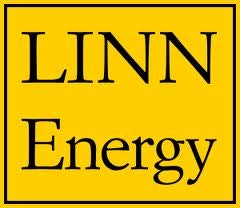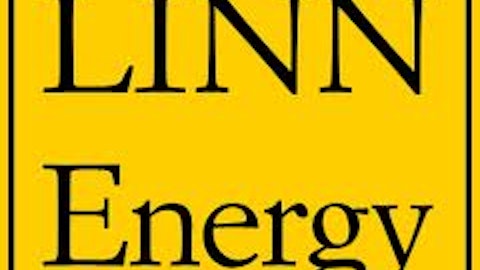As Warren Buffett would say, investors should be greedy when others are fearful and fearful when others are greedy. When it comes to oil and gas Master Limited Partnership Linn Energy LLC (NASDAQ:LINE), it’s fair to say that investors are fearful. The stock has been besieged in recent days by a negative article, which has crushed the stock and shaken the temperament of even the company’s most confident unit holders.

At this point, it’s worth taking a level-headed approach to Linn Energy LLC (NASDAQ:LINE). For investors who aren’t scared of buying when there’s blood in the streets, today’s price may prove to be a screaming bargain.
The curious case of Linn Energy
It’s no secret that Linn Energy LLC (NASDAQ:LINE) is under fire. First, an extremely negative article in Barron’sclaimed that Linn Energy “may be the country’s most overpriced large energy producer.” Going so far as to bring the company’s accounting practices into question, the article essentially makes the argument that Linn Energy LLC (NASDAQ:LINE)’s fundamentals are deteriorating and that the company’s huge distribution yield is vulnerable to a cut.
Questioning a company’s accounting and its very business operations are serious allegations. It’s true that Linn Energy had a poor first quarter. The company’s production came in below expectations, and its distributable coverage ratio, a metric used to describe an MLP’s ability to pay its distribution, fell to below 1.0 times. That means that the company paid out more in distributions than it could afford.
However, it’s important to not get carried away with one quarter worth of results. Linn Energy LLC (NASDAQ:LINE) blamed its poor quarterly results on severe winter weather, which caused production slowdowns. Investors should remember what they’re getting from Linn: namely, a giant distribution.
The distribution keeps gushing higher
Linn Energy LLC (NASDAQ:LINE) is a Master Limited Partnership, which means it enjoys a favorable tax structure as long as it pay out the vast majority of its distributable cash flow to investors. Indeed, the company was recently paying $2.90 per unit, amounting to an 8% yield after the recent sell-off.
Furthermore, two developments should have investors excited: first, the company recently raised its distribution to $3.08 annualized, representing a 6% increase. Secondly, Linn Energy announced plans to pay its distribution monthly rather than quarterly, meaning unit holders will be able to compound their wealth even faster than before.
The new distribution level of $3.08 amounts to a yield of 8.8%, thanks to the steep sell-off after the Barron’s article. That kind of yield provides a hefty dose of downside protection and is truly compelling considering interest rates are at historic lows and the S&P 500 Index currently yields only 2%.


